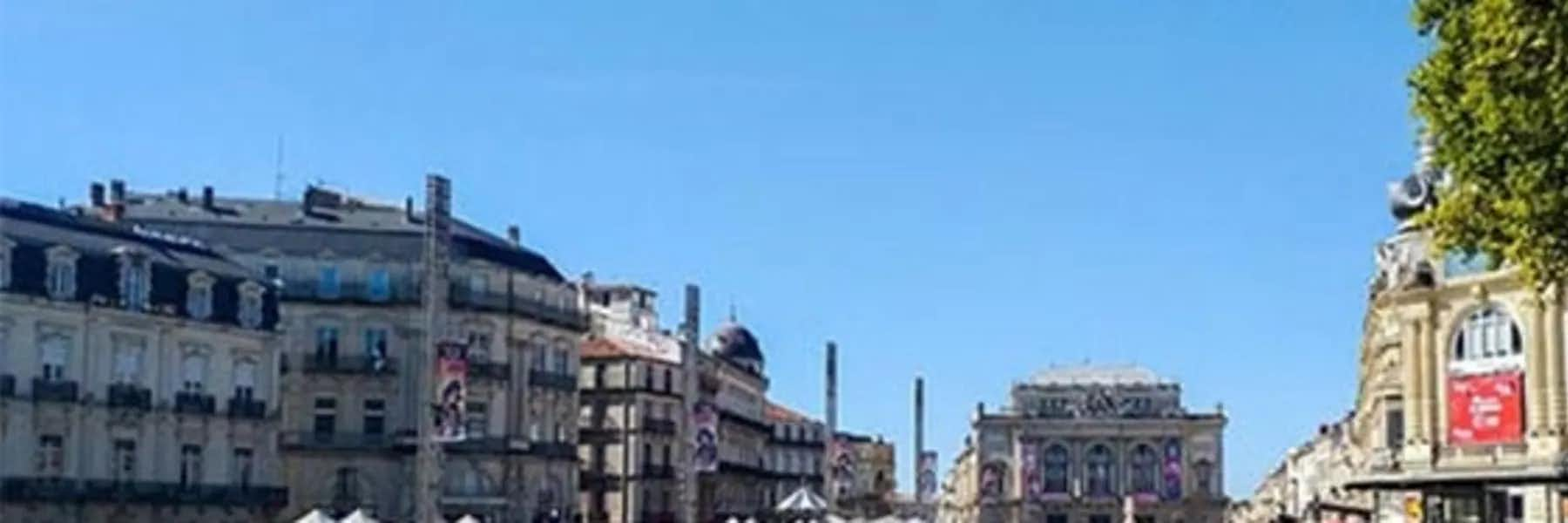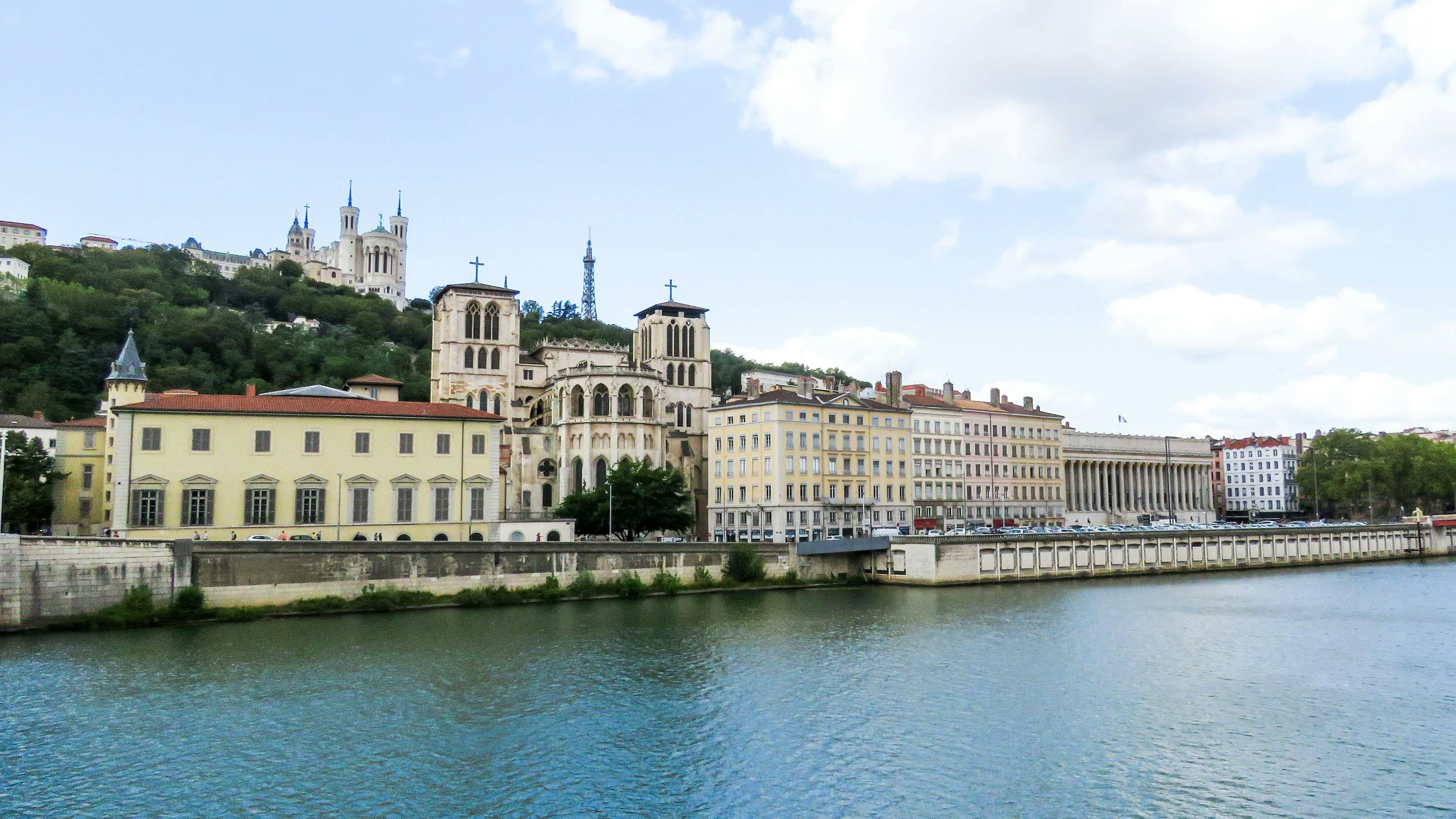With a booming economy, a dynamic cultural and social scene, and one of the most attractive real estate markets in all of France, Montpellier has solidified its spot as a top retirement destination in Europe. As the fastest growing metropolitan area in France since the 1990s, the city has struck a balance between modernity and livability—with an almost exclusively pedestrian center and multiple public transportation options to suit every lifestyle.
While Montpellier has kept pace with changing times, the real draw of France’s seventh-largest city is its location. Bordered by some of the most well-known beach resorts—La Grau de Roi, La Grande Motte, and Sète—in southern France, the nearest seaside town is about eight miles away. Found along a popular vacation autoroute (freeway) residents can access Italy to the east, and Spain to the west. A road-trip to Barcelona takes around three-and-a-half hours or 214 miles.
Given its southern location, Montpellier is favored with a Mediterranean climate and holds the title of one of the sunniest cities in France, averaging over seven hours of sunshine a day (the national average is under five hours).
South-of-France residents are famous for belonging to the French school of “bon vivants”– connoisseurs of the finer things in life, and Montpellier provides the perfect setting to take advantage of tasteful, French-living. With a plethora of gourmet restaurants, colorful outdoor markets, and year-round cultural events, the city is an excellent choice for retirees looking to live la belle vie (the good life) in France.
Get Your Free France Report Here
Get Your Free France Report Here
Learn more about France and other countries in our daily postcard e-letter. Simply enter your email address below and we’ll send you a FREE REPORT: A Taste of France: All the Ingredients for the Good Life.

By submitting your email address, you will receive a free subscription to IL Postcards and special offers from International Living and our affiliates. You can unsubscribe at any time, and we encourage you to read more about our Privacy Policy.
Retire in Montpellier, France
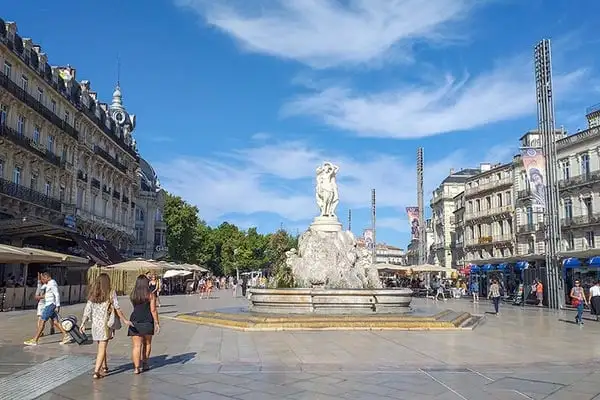
As a retiree in Montpellier, you’ll have access to top-notch services in a dynamic, multicultural setting. With numerous metropolitan universities, students make up nearly one-third of the city’s population—with lectures, traveling exhibitions, and cultural symposiums taking place year-round. Several French language schools exist for adult learners, including the Institute Européen de Français, LFS France, and Alliance Française de Montpellier.
Montpellier’s hospital network, the Centre Hospitalier Universitaire (CHU), is made up of six different hospitals, two clinics, and one medical institute. Housing one of the top medical universities in France, the CHU is the city’s number one employer and provides a range of high-quality medical services. Located within the university complex, Clinic Antonin-Balmès specializes in geriatrics and long-term care. Patients can make appointments via the CHU’s website, where departments and practitioners are listed, in English. (https://www.chu-montpellier.fr/en/)
Although a large city, by French standards, Montpellier retains a lot of “small town” charm, thanks in part to a lively central district, around Place de la Comédie, and excellent public transportation. The company TAM manages the tramway system, bus lines, and a bike-rental service. With a nod to the environment, residents can use public transport, free of charge, every weekend (available September 2020). https://www.tam-voyages.com/
Beyond weekend getaways to sunny Spain, retirees benefit from having an international airport nearby. Located on the outskirts of the city, the Montpellier airport offers direct flights to many European countries (Italy, Spain, Portugal, Holland, and Greece) as well as the U.K. and Morocco. Flights to the U.S. are available as well, with easy connections at Paris Charles De Gaulle airport or through other European cities.
https://www.montpellier.aeroport.fr
Lifestyle in Montpellier, France
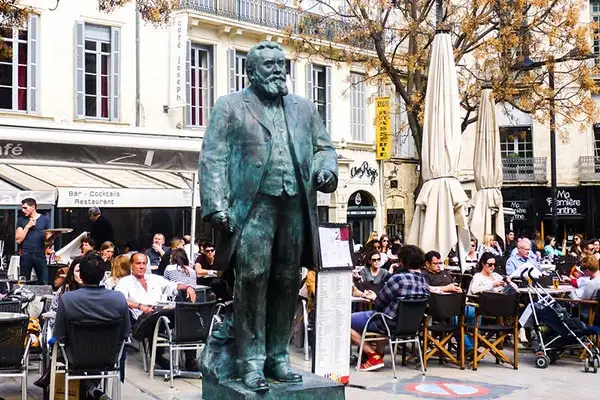
If you plan to move to the southern France region of Occitanie, where Montpellier is situated, you’ll be headed for an active, out-of-doors lifestyle with a full social calendar of events. In the center of town, you can take advantage of the weekly open-air markets—mingling with neighbors and shopkeepers while filling up your panier (basket) for lunch or dinner or spend the afternoon at an elegant café or restaurant. The food choices in Montpellier rival some of the finest bistros in Paris. Some well-known favorites to try include: Les Gourmands, La Reserve Rimbaud, and Pastis Restaurant – to name only a few.
International dining options exist (Italian, Mexican, Indian, Korean, Japanese, etc.), and several squares in the historic district, surrounding Place de la Comédie, serve as meeting-points for happy hours and dinner dates.
Beyond the foodie scene, festivals and arts events are a mainstay of the city. Montpellier plays host to everything from a Mediterranean cinema festival (Cinémed) to Argentinian tango and French comedy festivals (Printemps des Comédiens). In between, you’ll find classical dance celebrations, book fairs, and theatre productions. The city counts eight theatres in total and two opera houses.
If you need to take a breather from city-living, just hop on the navette des plages (beach shuttle) that operates in the summer and gives you a direct line to the calming waves of the Mediterranean Sea.
For sports enthusiasts, Montpellier has an impressive number of competitive teams. Soccer, rugby, American football, baseball, boxing, and volleyball are only a handful of the professional organizations that make the city their home.
Cost of Living in Montpellier, France
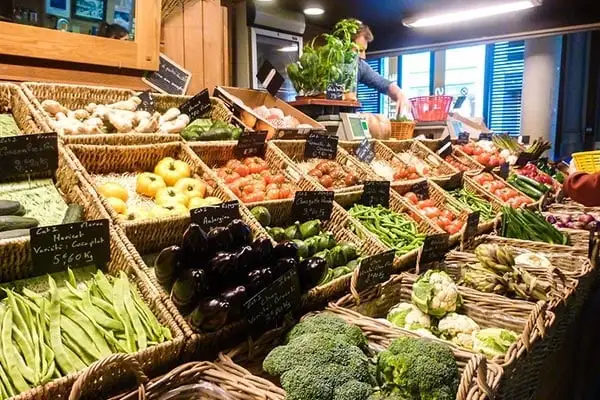
Daily costs for Montpellier differ little from other, larger French cities. A typical lunch out can start as low as $20, per person, if you choose a simple a fixed menu—a starter plus a main dish or a dessert—at a local neighborhood bistro. Budget eateries, as well as Michelin-star restaurants, are available throughout the city.
The real value-for-money comes from real estate offerings. Since Montpellier has seen steady growth over the last few decades, there is a dearth of rental and ownership possibilities. New constructions are available for pre-purchase, and Montpellier, with its surrounding communities, remains one of the best real estate investment areas in France.
If you’re leaning toward the rental market, you can find a furnished, two-bedroom, one-bathroom, 850-square-foot apartment starting at $1,180, with prices climbing to around $1,746 for an apartment in a gated building with a pool.
Owning an apartment can be one of the best moves when looking at the Montpellier area. French residents have hopped on the investment bandwagon, but there are still many great deals to be made on purchases within the city. A modern two-bedroom, one-bathroom, 850-square-foot apartment with a 140-square-foot balcony start at $205,000.
With a bit of a larger budget, you can get a 915-square-foot apartment (two-bedroom, one-bathroom) in a stone building that opens up to a 150-square-foot garden terrace. The price comes in at $295,000.
As transportation is cheap and well-maintained, it’s a wise idea to explore some of the local village communities if you’re looking to purchase a home. In the charming village of Saussan, to the west of Montpellier, you’ll find a two-bedroom, one-bathroom, 1,345-square-foot home (on two levels) for $260,000.
Here are a few examples of basic monthly costs for a couple living in Montpellier:
| Expense | U.S. $ |
|---|---|
| Rent | $1,180 to $1,746 |
| Groceries | $475 |
| Cable TV | $30 |
| Internet | $45 |
| Water | $40 |
| Electricity | $90 |
| Phone | $50 |
| Entertainment/Eating out | $350 |
| Transportation | $55 |
| Healthcare | $170 |
| Monthly Total | $2,485 to $3,051 |
Get Your Free France Report Here
Get Your Free France Report Here
Learn more about France and other countries in our daily postcard e-letter. Simply enter your email address below and we’ll send you a FREE REPORT: A Taste of France: All the Ingredients for the Good Life.

By submitting your email address, you will receive a free subscription to IL Postcards and special offers from International Living and our affiliates. You can unsubscribe at any time, and we encourage you to read more about our Privacy Policy.
5 Things to Do in Montpellier, France

The southern French city of Montpellier might be one of France’s largest, but that does not mean that it feels hurried—or even soulless.
Situated about eight miles from the Mediterranean Sea and sandy beaches, Montpellier is characterized by its pleasant climate, elegant stone buildings, multicultural communities, and a joie de vivre. It’s a place where locals pause to play a game of pétanque under a centuries-old aqueduct, read a book in a park, or chat with friends in a sun-drenched café.
Montpellier has a long history with origins dating back to the 10th century. A few centuries later, one of Europe’s oldest medical schools was founded in the city. It welcomed individuals from all backgrounds and religions to come teach at the school.
As time went on, Montpellier became a wealthy port city, thanks to the region’s tradition of wine production. Today, the city is home to several universities, which lend Montpellier a youthful energy.
There are many things to do in Montpellier. From strolls in the city’s eclectic historic district, to an afternoon spent in Montpellier’s botanical gardens, here are five experiences worth considering.
1. Stroll through the Place Royale du Peyrou

Montpellier’s Place Royale du Peyrou features an esplanade lined with trees, an attractive water tower, and monuments dedicated to Louis XIV, France’s “Sun King.” This regal square is also a favorite spot among Montpellier’s locals, who flock here to walk their dogs or read a book.
A statue of Louis XIV on horseback dominates the center of the Place du Peyrou’s esplanade. From the horse’s teeth to the king’s garments, this bronze work of art features a great amount of detail. Nearby is the golden Arc de Triomphe, which was also dedicated to Louis XIV. This triumphal arch was built in the 17th century.
The views from the Place du Peyrou are blissfully unobstructed by neighboring buildings, thanks to restrictions put into place in the 1770s by Louis XVI. This forward-thinking ordinance protects the park’s beautiful panoramas to this day.
On the western end of the Place du Peyrou is an ornate water tower called the Château d’Eau. Water from the nearby Saint-Clément Aqueduct once flowed here. If you peek over the park’s outer walls, you can see this two-tiered aqueduct. It towers over Montpellier’s Arceaux neighborhood and was built in the 18th century. At nighttime, the aqueduct is dramatically illuminated by blue spotlights.
Before we got to the Place du Peyrou, my husband, Shawn, and I purchased a baguette, some chèvre (goat’s cheese), and fruit. While we savored our picnic inside the park, we did a bit of people-watching. We spotted sunseekers, fellow picnickers—even a father teaching his son how to ride a bike. That relaxed hour or two ended up being one of our Montpellier highlights.
There is no cost to enter the Place Royale du Peyrou.
2. Explore the Écusson, Montpellier’s historic center
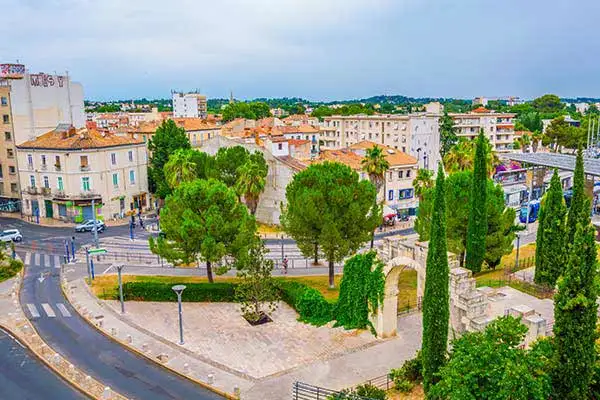
Montpellier’s historic center is called the Écusson. Narrow streets, cozy squares, and weathered fountains characterize this atmospheric part of town. Since this area is largely-pedestrianized, it is a relaxing place to explore on foot.
You’ll find cafés, restaurants, boutiques, and 17th to 19th century mansions called hôtels particuliers. If you’d like to visit the interior of these grand structures, contact the tourist office, which organizes guided tours.
Some of the Écusson has yet to be restored, which adds to the area’s charm. As a result, you’ll see shutters awaiting a fresh coat of paint, as well as bricked-in windows, with only their tracery still visible.
3. Discover incredible greenery at the Jardin des Plantes
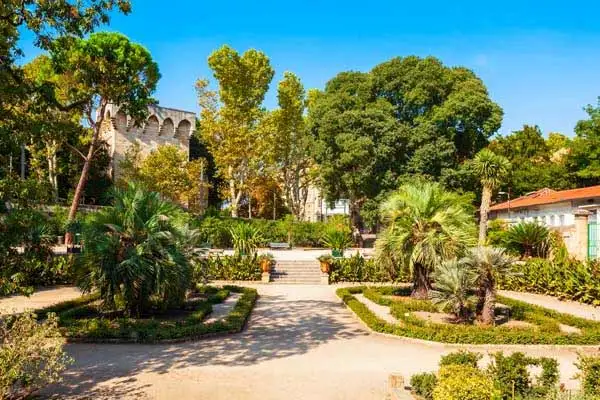
The Jardin des Plantes is France’s oldest botanical garden and is also a tranquil place to while away a few hours. Founded in 1593, the garden was created to further the study of medicinal plants. For a time, it served as a model for other botanical gardens throughout France.
Managed by the University of Montpellier, the botanical gardens feature more than 2,500 plant species. You’ll see a great variety of palms, terraced gardens studded with flowers, medicinal plants, and even a bamboo forest. There is also a magnificent greenhouse filled with cactus plants from around the world. All shapes and sizes of this prickly plant are represented, with some bearing pink, yellow, and red blooms.
Elsewhere in the botanical gardens you’ll find a pond filled with fish, frogs, and water lotus plants—delighting visitors of all ages. Fluffy cats lounge nearby, soaking up the sunshine. These feral cats live in on-site shelters and have been sterilized. After the procedure, they are returned to the park in order to help deter rodents.
Inside the Jardin des Plantes, you’re bound to catch glimpses of people relaxing on stone benches, having a picnic, or simply taking a moment to ponder life under the shade of a mature tree. Many of the plants and trees are labeled with the species’ name and place of origin, making a visit to the botanical gardens both relaxing and educational.
There is no fee to enter the Jardin des Plantes.
4. Visit Montpellier’s markets
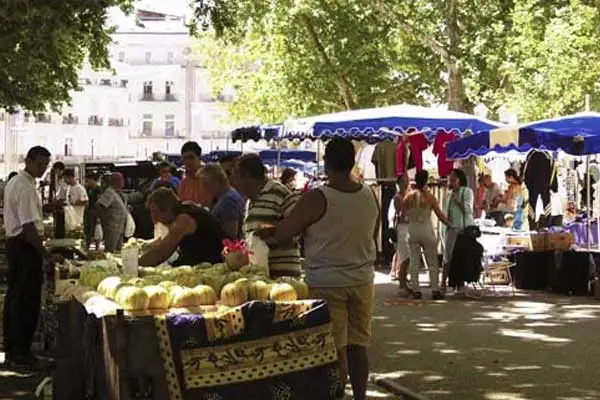
If you are a fan of markets, you’ll be delighted to learn that Montpellier has a great variety. Some of these markets are housed in dedicated market halls while others take place outside. In addition, there are themed markets devoted to everything from antiques and books to plants and flowers.
Montpellier’s historic center has two covered market buildings—the Halles Laissac and the Halles Castellane. The Halles Laissac is housed in a modern building that was opened in 2018. Underneath the red, yellow, and green dome, you’ll find stands brimming with fresh seafood, colorful produce, olives, and a superb variety of cheese. It is even possible to purchase items and have them prepared on-site so that you can enjoy them there.
The city’s markets take place on different days of the week, so consult the schedules at the tourist office.
5. Soak up culture and history

Established more than 1,000 years ago, Montpellier is brimming with culture and history.
The Fabre Museum (Musée Fabre) is one of Montpellier’s most-esteemed attractions. Home to one of the country’s best fine art collections, the museum houses paintings, sculptures, and drawings from the 14th to 21st centuries. Monet, Rubens, Degas, and Brueghel are represented in the collection, and there are also pieces created by accomplished artists from around the region. Tickets cost around $9 Euros.
Montpellier’s most well-known church is the Cathédrale Saint-Pierre. The Gothic building’s exterior columns are massive in scale and look as though they belong on a fortress. This structure was originally a 14th-century church that was part of a monastery. A few centuries later, it was transformed into a cathedral. Saint-Pierre was damaged during the Wars of Religion, which led to parts of the structure being rebuilt. It is free to enter.
Located next to the cathedral is Montpellier’s Faculty of Medicine. Inside is the Anatomy Conservatory, which houses more than 5,000 anatomical parts and models. The conservatory was created for teaching purposes and is open upon request.
Montpellier has two opera houses—the more contemporary Berlioz (which was built in 1990), and the Opéra Comédie. The 19th-century Opéra Comédie features a magnificent interior that’s rich with gilding and red accents. Both venues host regular musical performances.
The city has several annual cultural events, including the International Guitar Festival, Festival de Radio France et Montpellier (which features opera, classical music, and jazz), and Cinémed, the International Mediterranean Film Festival.
Get Your Free France Report Here
Get Your Free France Report Here
Learn more about France and other countries in our daily postcard e-letter. Simply enter your email address below and we’ll send you a FREE REPORT: A Taste of France: All the Ingredients for the Good Life.

By submitting your email address, you will receive a free subscription to IL Postcards and special offers from International Living and our affiliates. You can unsubscribe at any time, and we encourage you to read more about our Privacy Policy.
